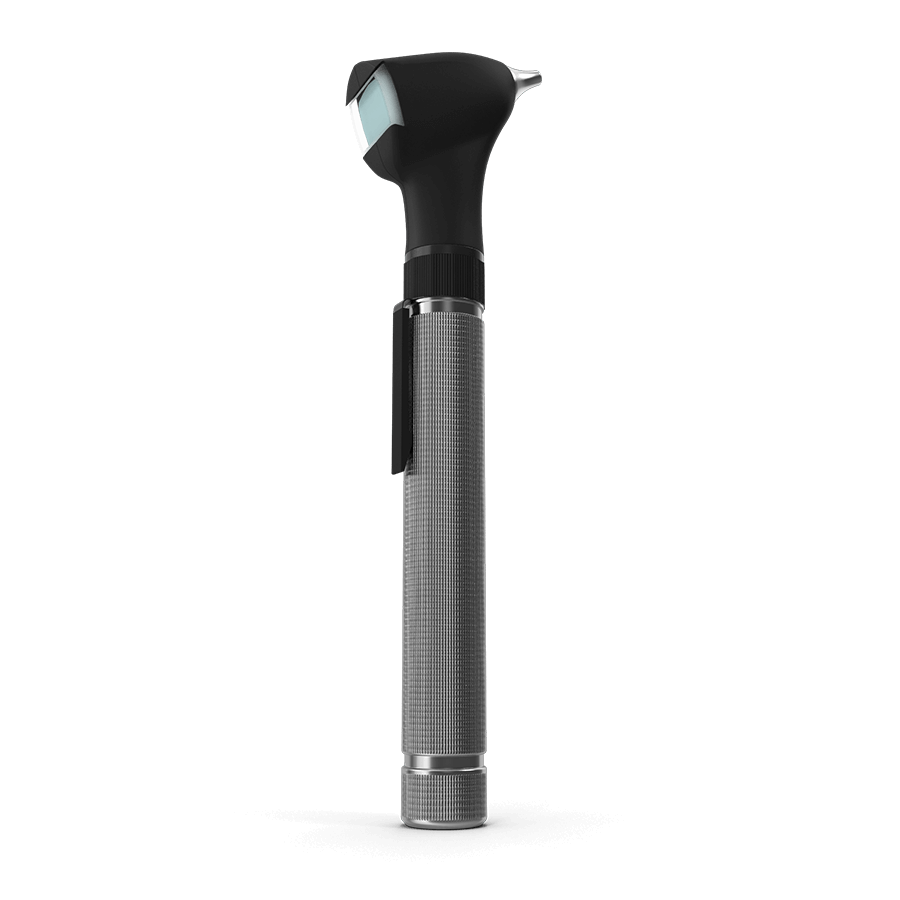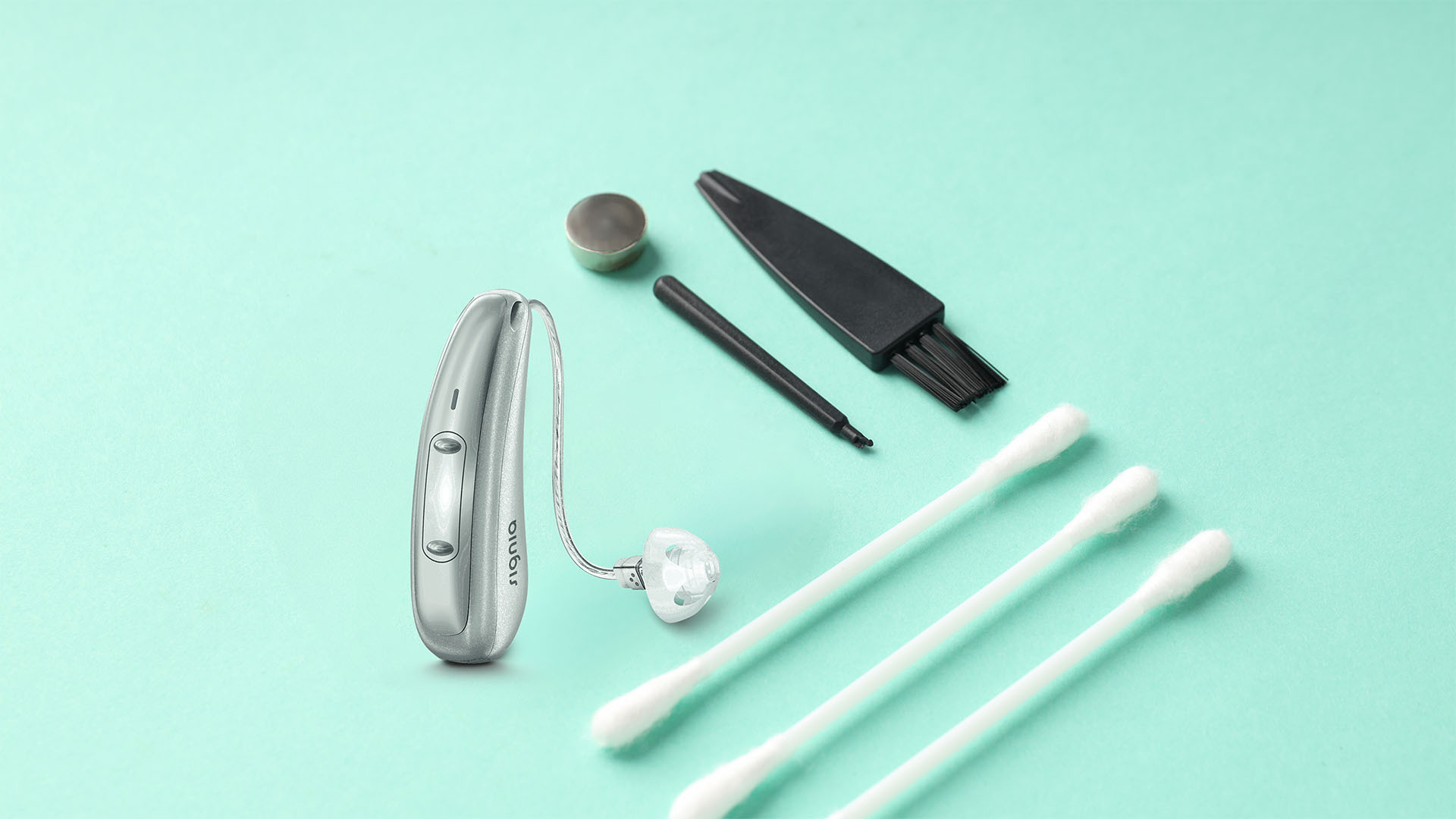Table of Contents
Introduction
Your hearing aids are more than devices – they’re a lifeline to the world around you. From hearing your grandchild’s laughter to enjoying the gentle hum of waves on an Algarve beach, these small yet powerful tools enrich every aspect of life. But to keep them delivering the clarity and connection you rely on, they need proper care.
This guide goes beyond the basics to help you recognize when your device needs attention, implement effective care routines, and understand the unbeatable benefits of professional maintenance.
How Do You Know Your Hearing Aids Need Attention?
Even with regular use, hearing aids can develop issues that compromise their performance. Spotting these signs early can save you from frustrations and costly repairs:
🔇 Distorted or muffled sound – Earwax buildup, clogged microphones, or damaged speakers are common culprits.
🔋 Frequent battery replacement or slow charging – This could point to moisture damage or faulty battery contacts.
📢 Persistent whistling or feedback – A poorly fitted device, cracked tubing, or obstructions in the ear canal might be to blame.
🔍 Visible damage – Look for cracks, broken seals, or accumulation of debris that may affect the device’s performance.
🛑 Inconsistent functionality – Devices that switch on and off randomly may have internal issues needing immediate attention.
Daily Care That Goes Beyond the Surface
Everyday care is the first step in keeping your hearing aids reliable. Here’s a deep dive into maintenance practices that truly make a difference:
1. Cleaning Done Right
- Use a soft, dry cloth daily to remove sweat, oils, and earwax from the surface.
- For wax guards and vents, use a cleaning brush or tool designed specifically for your device. Avoid poking with sharp objects.
- Schedule a more intensive cleaning every month to keep internal components in top shape.
2. Moisture Protection
- Invest in a hearing aid dehumidifier to combat humidity, especially in regions like the Algarve where the air is salty and moist.
- When removing your devices at night, place them in the dehumidifier for consistent drying.
3. Battery Care Tips
- For disposable batteries, open the battery door overnight to reduce moisture buildup.
- Rechargeable devices should always follow the manufacturer’s recommended charging cycles to avoid damaging the battery’s lifespan.
4. Proper Storage
- Keep hearing aids in their protective case when not in use, away from pets, children, or accidental falls.
- Avoid extreme temperatures and high humidity – don’t leave them in your car or bathroom.
Advanced Care Strategies for Enhanced Longevity
Taking your care routine to the next level ensures that your hearing aids are not just functional but optimized for your lifestyle.
- Rotate Devices for Balanced Wear
If you use two hearing aids, ensure equal usage to avoid overloading one device.
- Invest in Accessories
Devices like cleaning kits, dehumidifiers, and clip-on microphones can significantly enhance both performance and care.
- Protect Against Physical Impact
Consider lanyards or clips if you’re engaging in sports or high-activity scenarios.
Why Professional Maintenance Is Non-Negotiable
Daily care covers the basics, but professional maintenance offers benefits you can’t achieve alone:
- Advanced Diagnostics: Audiologists use precise tools to detect subtle issues you may not notice, ensuring long-term reliability.
- Component Replacements: Filters, tubing, and wax guards wear out over time. Professionals can replace these with precision to restore peak performance.
- Enhanced Customization: As your hearing changes, your audiologist can adjust settings to meet your current needs, keeping your experience seamless.
- Extended Lifespan: Regular maintenance prevents small problems from escalating, saving you time and money.
- Health Monitoring: Appointments are also an opportunity to check for any changes in your ear health that may impact your hearing aids.
Inside of hearing aid

Common Myths About Hearing Aid Maintenance
Let’s debunk some misconceptions that might be holding you back:
- “I don’t need maintenance if my device works fine.”
Regular check-ups prevent issues before they start, just like with any high-tech equipment.
- “I can clean my hearing aids without professional help.”
While daily cleaning is essential, professionals clean and tune internal parts for performance you can’t achieve at home.
- “Maintenance is expensive.”
Preventative care is far cheaper than repairing or replacing a neglected device.
Conclusion: Care Equals Confidence
Your hearing aids are an investment in your quality of life. By combining diligent daily care with expert professional maintenance, you can ensure they deliver the clarity and connection you deserve for years to come.
📅 Let AudioCare help you keep your hearing aids in perfect shape. Book your free consultation today and rediscover the joy of effortless hearing.
References
•World Health Organization. (2021). World Report on Hearing.
•Hearing Industries Association. Why Hearing Aid Maintenance Matters.









